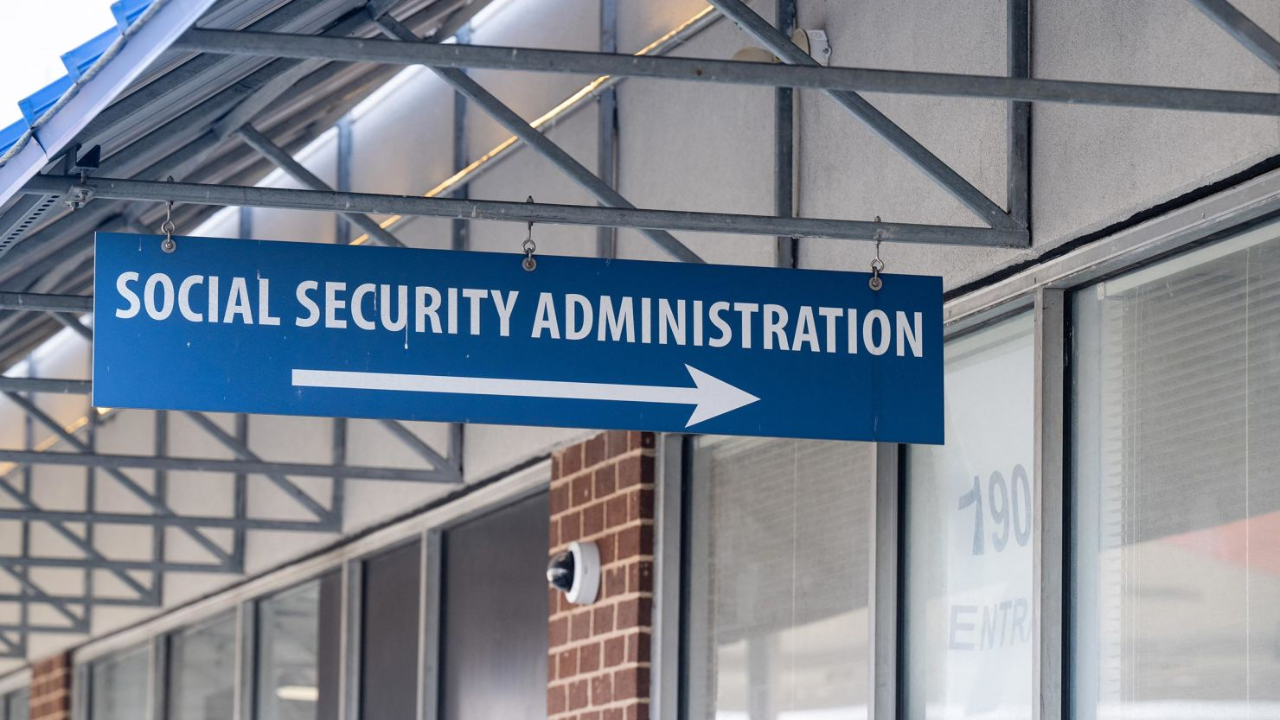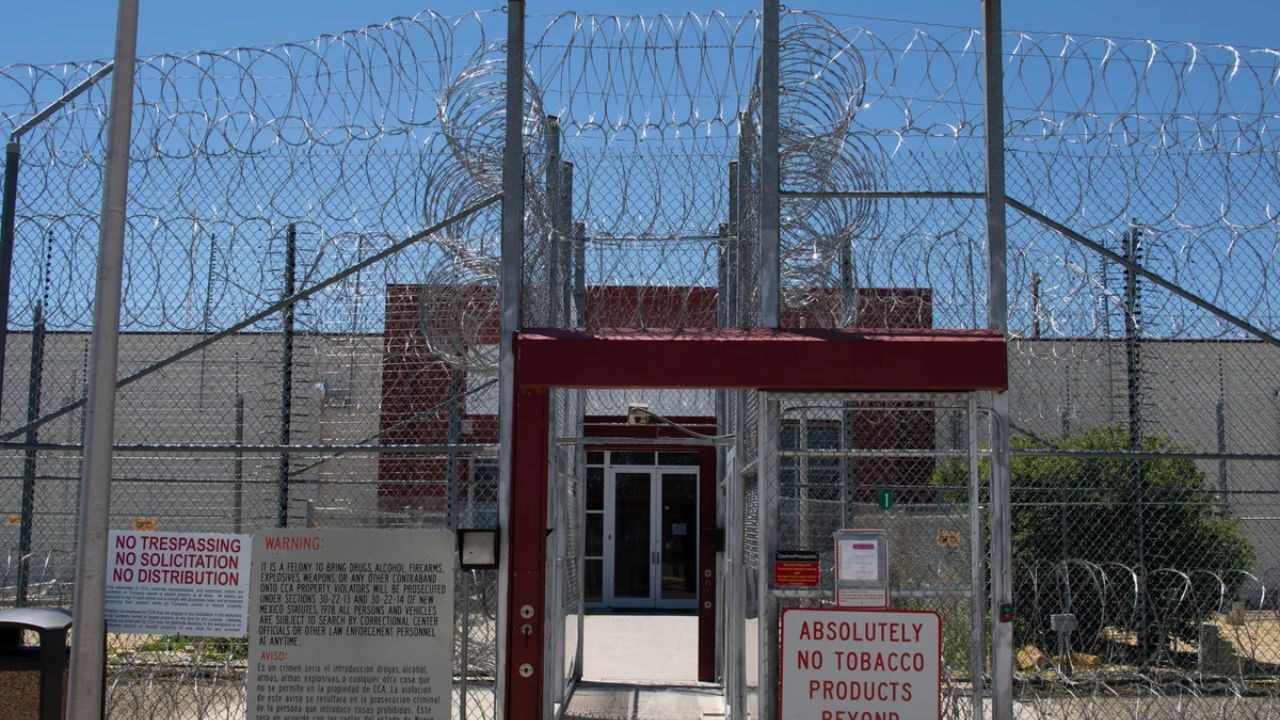In a surprising move, the U.S. Social Security Administration (SSA) has reversed a recently introduced anti-fraud policy after it received strong public backlash.
The controversial policy was rolled out earlier in 2024 and quietly changed how the agency flagged suspicious activity.
Many experts and advocates for disability and retirement benefits called it overly aggressive, with the potential to harm innocent beneficiaries.
Now, the SSA has walked back the decision—and people are asking why the policy was introduced in the first place.
What Was the Policy All About?
The reversed rule involved the SSA’s use of predictive analytics and fraud detection software that automatically flagged Social Security Disability Insurance (SSDI) and Supplemental Security Income (SSI) applicants as potentially fraudulent, sometimes without detailed human review.
While meant to protect taxpayers’ money and stop fraud before it happens, it ended up creating fear among claimants, especially those who were already disabled or from low-income communities.
Essentially, the SSA introduced an algorithm-based risk scoring system. This system would look at things like address history, income inconsistencies, and other data points.
If the software believed something didn’t add up, the applicant’s file would be flagged. Unfortunately, many innocent people were being wrongly flagged and delayed for months—or even denied—without ever understanding why.
Why Did People React So Strongly?
The backlash was fast and widespread. Advocates, attorneys, and even some SSA insiders said the policy lacked transparency and could unfairly target already vulnerable Americans.
People also feared the algorithm used for scoring wasn’t being properly audited and could lead to racial, economic, or geographic bias.
For example, disability rights groups warned that the new system would make it even harder for applicants who already face complicated paperwork and long wait times.
In many cases, people were flagged as high-risk just because they moved frequently or didn’t have a permanent address, common realities for low-income individuals or the homeless.
Many advocacy organizations—including the National Organization of Social Security Claimants’ Representatives (NOSSCR)—filed public complaints and even hinted at legal action, urging the SSA to stop the policy before it caused more harm.
What Prompted the SSA To Reverse It?

With rising pressure from the public, media coverage, and behind-the-scenes lobbying, the SSA decided to halt the program and review its impact.
A spokesperson from the agency confirmed that the predictive model has been discontinued for now and that files flagged under the system will be manually reviewed.
While the SSA has not admitted wrongdoing, it acknowledged that “some concerns raised by the public” warranted re-evaluation of the tool. It also stated that their core mission is to serve the public in a fair, transparent, and timely manner.
Will There Be Any Permanent Change?
It’s still unclear if this policy is gone for good or if a modified version could return later. The SSA has said they are “reviewing their fraud detection protocols” to ensure fairness while maintaining protection against abuse of the system. They also promised better communication with the public in the future.
However, critics say it’s not just about tweaking the tech. They want more human oversight and better appeals processes in place. Many are also pushing for external audits to prevent these kinds of policies from slipping through unnoticed in the future.
What Should You Do If You Were Affected?
If you had a recent SSDI or SSI application delayed or rejected and believe it might have been flagged unfairly, you can file an appeal or request a case review.
The SSA has a clear process for reconsideration, and now, with the algorithm suspended, human reviewers may look at your case again with fresh eyes.
Visit the SSA’s official appeals page to learn more about how to challenge a decision.
What’s Next for SSA and the Public?
This entire situation has left many people wondering how many other government agencies are quietly using automated tools without enough public input or transparency. It has also opened up a broader conversation about the balance between fraud prevention and fair treatment.
The good news is that public voices were heard, and action was taken quickly this time. But moving forward, agencies may need to take extra steps to ensure policies are clearly explained and fairly enforced, especially when they affect millions of Americans who rely on these benefits.
For now, applicants and current beneficiaries are advised to stay updated by checking the SSA website regularly or following their verified announcements.
Final Thoughts
The Social Security Administration’s quick reversal of its anti-fraud policy shows the power of public accountability.
While stopping fraud is important, it should never come at the cost of harming those the system is meant to help. As technology becomes a bigger part of government operations, transparency and fairness must remain a top priority.
Disclaimer- Our team has thoroughly fact-checked this article to ensure its accuracy and maintain its credibility. We are committed to providing honest and reliable content for our readers.






